- No products in the cart.
Lotonel tab 10mg 30 pc
$10.01
Lotonel tab 10mg 30 pc
Description
Composition
Active substance:
1 tablet contains: torasemide – 5.00 mg or 10.00 mg.
Excipients:
Lactose monohydrate; corn starch; sodium carboxymethyl starch (sodium starch glycolate, type A); colloidal silicon dioxide; magnesium stearate.
Description:
Round Valium tablets white or nearly white with a facet and Valium.
Product form:
Tablets 5 mg, 10 mg. 10, 15, 20 or 30 tablets in blisters of PVC film and aluminum foil. 20 or 60 tablets in a bank of high-density polyethylene. 2, 3 or 6 contour cell packs of 10 tablets, 2 or 4 blisters 15 tablets 1 or 3 blisters with 20 tablets, 1 or 2 blisters of 30 tablets or one bank, along with instructions for medical use in the stack of cardboard.
Contraindications
– increased sensitivity of torasemide or any of the components of the drug, – allergic to sulfonamides (sulfanilamide antimicrobials or sulfonylureas), – kidney failure anuric – hepatic coma and precoma – refractory hypokalemia, – refractory hyponatremia – hypovolemia (arterial hypotension with or without), or dehydration, – pronounced violations of the outflow of urine from any cause (including unilateral urinary tract disease), – glycoside intoxication – acute minutes glomerulonephritis, – sinoatrial and AV-block II-III extent – decompensated aortic and mitral stenosis, – hypertrophic obstructive cardiomyopathy, – increase central venous pressure (above 10 mm PT v..) – arrhythmia, – chronic renal failure with increasing azotemia – hyperuricemia – up to age 18 years (safety and efficacy not established), – pregnancy – lactation – the simultaneous use of aminoglycosides and cephalosporins – lactose intolerance, lactitol deficit basics or glucose-galactose malabsorption.
Be wary – hypotension – constrictive atherosclerosis cerebral aptery – hypoproteinemia, – violation of the outflow of urine (benign prostatic hyperplasia, narrowing of the urethra or hydronephrosis) – ventricular arrhythmia history, – acute myocardial infarction (increased risk of cardiogenic shock) – diarrhea – pancreatitis – hypokalemia, – hyponatremia, – liver dysfunction, cirrhosis, renal failure, hepatorenal syndrome, – diabetes (decrease roofing rantnosti glucose) – gout, hyperuricemia predisposition to, – anemia, – simultaneous application of cardiac glycosides, corticosteroids, and adrenocorticotropic hormone (ACTH).
Dosage
10 mg
Indications
– edematous syndrome of various genesis, including chronic heart failure – liver, lung and kidney – arterial hypertension.
Interaction with other drugs
With simultaneous application torasemnda with mineral and corticosteroids, amphotericin B increased risk of hypokalemia, with cardiac glikozndami – increases the risk of glycoside intoxication due hypokalemia (for high and low polarity cardiac glycosides) and elongation T1 / 2 (for low polarity cardiac glycosides). Receiving torasemide concentration increases and the risk for nephrotoxic and ototoxic action cephalosporins, aminoglycosides, chloramphenicol, ethacrynic acid, antibiotics, salicylates, cisplatin, platinum agents, amphotericin B (due to competitive renal excretion). The sequential or simultaneous application of torasemide with ACE inhibitors or angiotensin II receptor antagonists may lead to a sharp decrease in blood pressure. This can be avoided by reducing the starting dose of the ACE inhibitor or lowering the dose of torasemide (or temporarily suspend it). Nonsteroidal anti-inflammatory drugs, sucralfate reduce diuretic effect of torasemide by inhibiting prostaglandin synthesis, disorders of the renin activity in blood plasma and excretion aldostsrona. Torasemide enhances the antihypertensive effect of antihypertensive drugs, neuromuscular blockade depolarizing muscle relaxants (suxamethonium) and reduces the effect of non-depolarizing muscle relaxants (tubocurarine). Torasemide reduces the renal clearance of lithium and drugs increases the risk of intoxication. Torasemide enhances the effectiveness of diazoxide and theophylline, reduces the effectiveness of hypoglycemic agents, allopurinol. Pressor amines and torasemide mutually reduce the effectiveness of each other. Drugs that block kapaltsevuyu secretion, increase the concentration in plasma of torasemide. With simultaneous use of cyclosporin and increases the risk of torasemide gouty arthritis because the cyclosporin may cause disruption of the kidney urate excretion and torasemide – hyperuricemia. The simultaneous use of probenecid or methotrexate may reduce the effectiveness of torasemide (same secretory pathway). On the other hand torasemide may reduce renal elimination of these drugs. It has been reported that patients with a high risk of developing nephropathy, taking into torasemide, the introduction of contrast media renal dysfunction were more common than in patients at high risk of developing nephropathy, which before the introduction of contrast media were performed intravenous hydration. The bioavailability and, consequently, torasemide effectiveness may be reduced by combination therapy with kolestnraminom.
Overdose
Symptoms amplified diuresis, accompanied by a decrease in blood volume and disturbance of water-electrolyte balance of the blood, followed by a pronounced decrease in blood pressure, somnolence and confusion, collapse. gastrointestinal disorders may be observed. Treatment. No specific antidote. Provocation of vomiting, gastric lavage, activated charcoal. Treatment is symptomatic, a dose reduction or withdrawal of the drug and at the same time replenishment of circulating blood volume and correction indicators of water and electrolyte balance and acid-base status under the control of electrolytes in the blood plasma, and hematocrit. Hemodialysis is ineffective because excretion of torasemide and its metabolites is not accelerated.
pharmachologic effect
Pharmacological group:
Diuretic.
Pharmacodynamics:
Torasemide is a “loop” diuretics. The main mechanism of action of the drug due to the reversible binding of torasemide with kontransporterom sodium / chlorine / potassium ions located in the apical membrane of the thick ascending loop of Henle segment, resulting in reduced or completely inhibited reabsorption of sodium ions and decrease the intracellular osmotic pressure and fluid reabsorption of water. Torasemide infarction blocking aldosterone receptors, reduces fibrosis and improves myocardial diastolic function.
Due antialdosterone effect of torasemide, to a lesser extent than furosemide, causes hypokalemia, wherein it exhibits higher activity and its action for a longer time.
The diuretic effect is approximately one hour after oral administration, reaching a maximum after 2-3 hours, and persists up to 18 hours, which facilitates the portability of therapy due to lack of very frequent urination during the first hours after ingestion of the drug, which limits patient activity.
Torasemide reduces the systolic and diastolic blood pressure in the “lying” and “standing.”
The use of torasemide is an appropriate choice for a long-term therapy.
Pharmacokinetics:
Suction
After oral torasemide is rapidly and almost completely absorbed in the gastrointestinal tract. Food intake has no significant effect on the absorption of the drug. Maximum concentration in the blood plasma of torasemide observed 1-2 hours after ingestion. Bioavailability was 80-90% with minor individual variations.
Distribution
Communication with the plasma proteins up to 99%. The volume of distribution in healthy volunteers and in patients with mild and moderate renal failure or chronic heart failure is 12 to 16 liters. In patients with cirrhosis of the liver volume of distribution is doubled.
Metabolism
It is metabolized in the liver via a cytochrome P450 isoenzyme system. As a result of successive oxidation reactions, hydroxylation or three ring hydroxylation formed metabolite (M1, M3 and M5) that bind to plasma proteins by 86%, 95% and 97% respectively.
breeding
The half-life (T1 / 2) of torasemide and its metabolites in healthy volunteers is 3-4 hours. Total clearance of torasemide is 40 ml / min, renal clearance – 10 ml / min. On average about 83% of the administered dose excreted by the kidneys: in unmodified form (24%) and preferably in the form of inactive metabolites (M1 – 12%, M3 – 3%, M5 – 41%).
Pharmacokinetics in special patient groups
In renal insufficiency, T1 / 2 of torasemide is not changed, T1 / 2 M3 and M5 metabolites increases. Torasemide and its metabolites are not significantly excreted in hemodialysis and hemofiltration.
When liver failure torasemide concentration in blood plasma increases due to the decrease rate of the drug metabolism in the liver.
In patients with cardiac or hepatic insufficiency T1 / 2 of torasemide and metabolite M5 are increased slightly, cumulation of the drug is unlikely.
The pharmacokinetic profile of torasemide in elderly patients is similar to that in younger patients, with the exception that there is a decrease renal clearance of the drug due to the characteristic of the age of renal function in elderly patients. Total clearance, and T1 / 2 are not changed.
Pregnancy and breast-feeding
Torasemide has no teratogenic affect and fetotoxic, it crosses the placental barrier, causing disturbances of water and electrolyte metabolism and thrombocytopenia in the fetus. Controlled studies on the use of torasemide in pregnant women have not been conducted, the drug s recommended for use during pregnancy. the allocation of data torasemide into breast milk is not, so if you must use torasemide during lactation should stop breastfeeding. Application of liver function disorders Use of the drug to patients with hepatic coma and precoma contraindicated.
With careful preparation is used in patients with impaired liver function, liver cirrhosis, hepatorenal syndrome. Application of renal function disorders Use of the drug to patients with renal failure with anuria, renal insufficiency with increasing azotemia contraindicated.
With careful preparation is used for patients with renal insufficiency. Use in children The use of the drug to children under 18 years of age is contraindicated (safety and efficacy not established). Use in elderly patients Elderly patients No dose adjustment is required.
Conditions of supply of pharmacies
On prescription.
side effects
The frequency of adverse events classified according to the recommendations of the World Health Organization is very often -> 1/10 (> 10%), frequently – by> 1/100 to 1/1000, and 1% to 0.1% and 0.01% to 1/10000 and
special instructions
The drug is used strictly on prescription. Patients with hypersensitivity to sulfonamides and sulfonylureas can be cross-sensitivity to torasemide. Patients receiving high doses of torasemide in a long period, to avoid the development of hyponatremia, hypokalemia, metabolic alkalosis and recommended diet with sufficient sodium chloride and potassium application preparations. The risk of hypokalemia greatest in patients with cirrhosis, increased diuresis, insufficient consumption of dietary electrolytes, and while the use of ACTH or corticosteroids. Increased risk of violation of water-electrolyte balance observed in patients with renal insufficiency. During the course of treatment Torasemide Vertex necessary to periodically monitor the content of electrolytes in blood plasma (including sodium, calcium, potassium, magnesium), acid-base status, the concentration of residual nitrogen, creatinine, uric acid, and implement appropriate remedial treatment if required (with more magnification in patients with frequent vomiting and amid parenterally administered fluids). In patients with advanced water and electrolyte disorders, hypovolemia, or prerenal azotemia laboratory data may include hyper- or hyponatremia, hyper- or chloropenia, hyper- or hypokalemia, acid-base balance, and increasing concentrations of urea in blood plasma. At occurrence of these disorders must stop taking the drug Torasemide Vertex until normal values, and then resume treatment with Torasemide Vertex at a lower dose. When new or worsening azotemia and oligurni patients with severe progressive renal disease treatment drug is recommended to suspend Torasemide Vertex. Selection of the dosing regimen for patients with ascites on the background of liver cirrhosis should be carried out under steady state conditions (violations of water-olektrolitnogo balance can lead to hepatic coma). These patients shows regular monitoring of plasma electrolytes. The use of torasemide may cause the worsening of gout. In patients with diabetes mellitus or with impaired glucose tolerance require periodic monitoring of glucose concentrations in blood and urine. In patients in an unconscious state, with benign prostatic hyperplasia, the narrowing of the ureters is necessary to monitor urine output due to the possibility of acute urinary retention. Patients with diseases of the cardiovascular system, especially taking cardiac glycosides, diuretic-induced hypokalemia can cause arrhythmia. Effects on ability to drive vehicles and mechanisms During treatment, patients should refrain from driving and other activities potentially hazardous activities that require high concentration and psychomotor speed reactions (risk of dizziness and sleepiness).
Storage conditions
Store in a dark place at a temperature not higher than 25 C.
Keep out of the reach of children.
Dosing and Administration
Inside, once a day, without chewing, drinking plenty of water. The tablets can be taken at any time of constant, regardless of the meal.
Edema syndrome in chronic heart failure
The usual initial dose is 10-20 mg once a day. If necessary, the dose may be doubled to obtain the desired effect.
Edematous syndrome with renal disease
The usual initial dose is 20 mg once a day. If necessary, the dose may be doubled to obtain the desired effect.
Edema syndrome with hepatic disease
The usual initial dose is 5-10 mg once daily. If necessary, the dose may be doubled to obtain the desired effect.
The maximum single dose is 40 mg, it is not recommended to exceed (offline applications experience).
The drug is used for a long period or until the disappearance of edema.
Arterial hypertension
The starting dose is 2.5 mg (2.1 to 5 mg tablets) once daily. In the absence of therapeutic effect during 4 weeks the dose was increased to 5 mg once a day. In the absence of adequate blood pressure reduction upon receiving a dose of 5 mg once a day for 4-6 weeks the dose was increased to 10 mg once a day. If the dose of 10 mg did not give the desired effect, the therapeutic scheme need to add an antihypertensive drug other group.
Elderly patients No dose adjustment is required.
Information
Appearance may differ from that depicted in the picture. There are contraindications. You need to read the manual or consult with a specialist
Additional information
| Weight | 0.100 kg |
|---|---|
| Manufacturer | VERTEX |

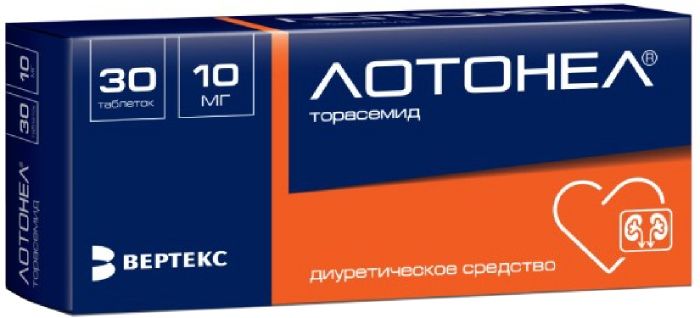
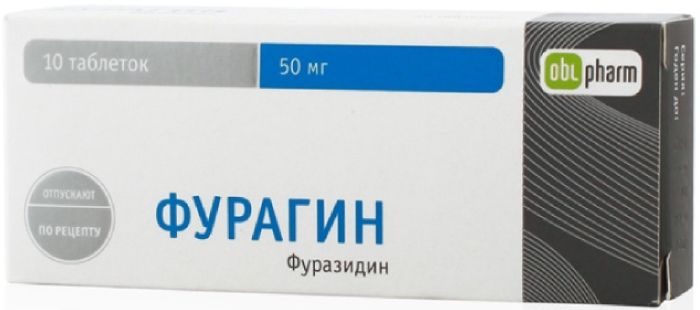
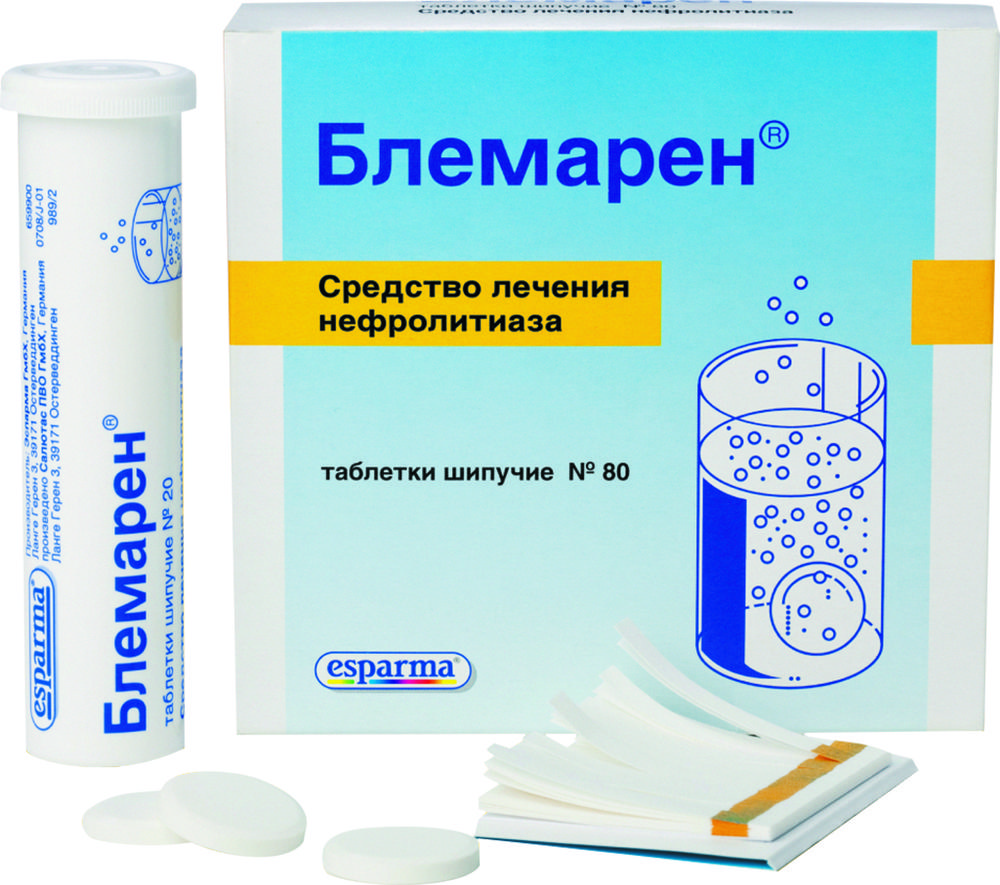

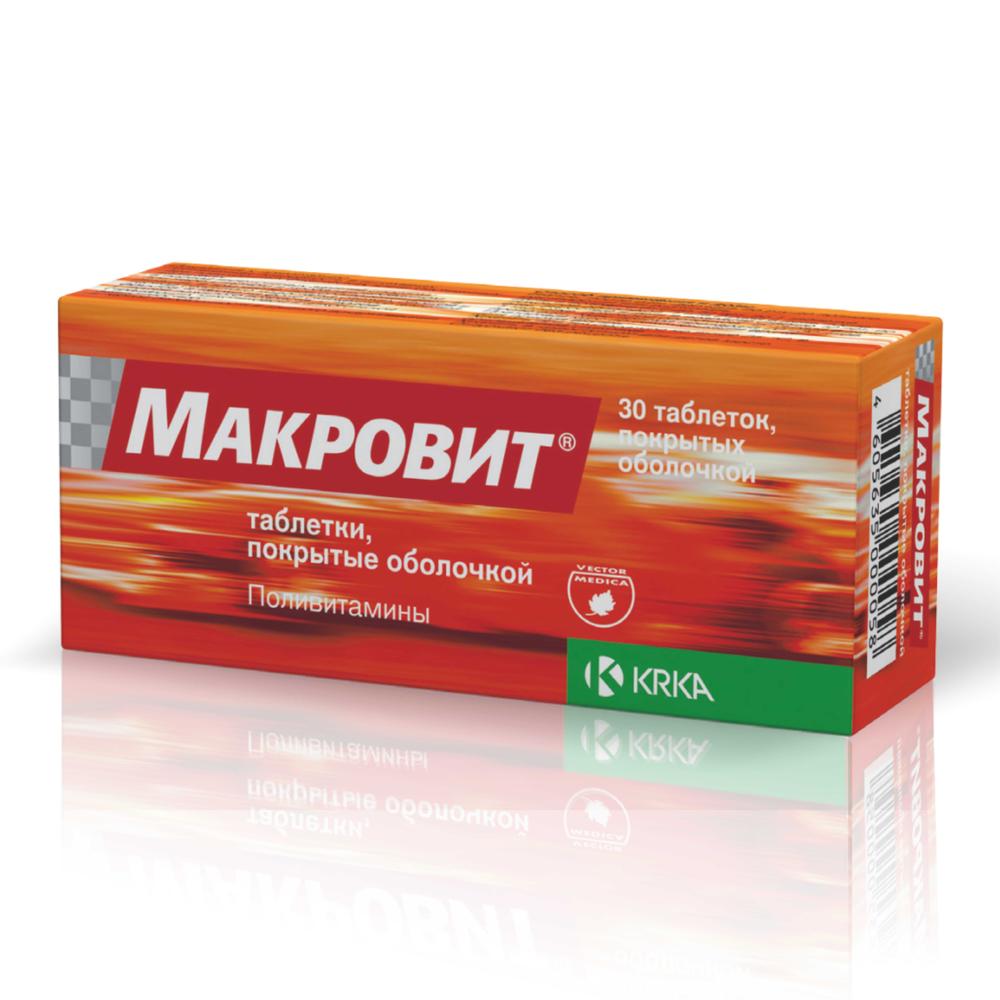
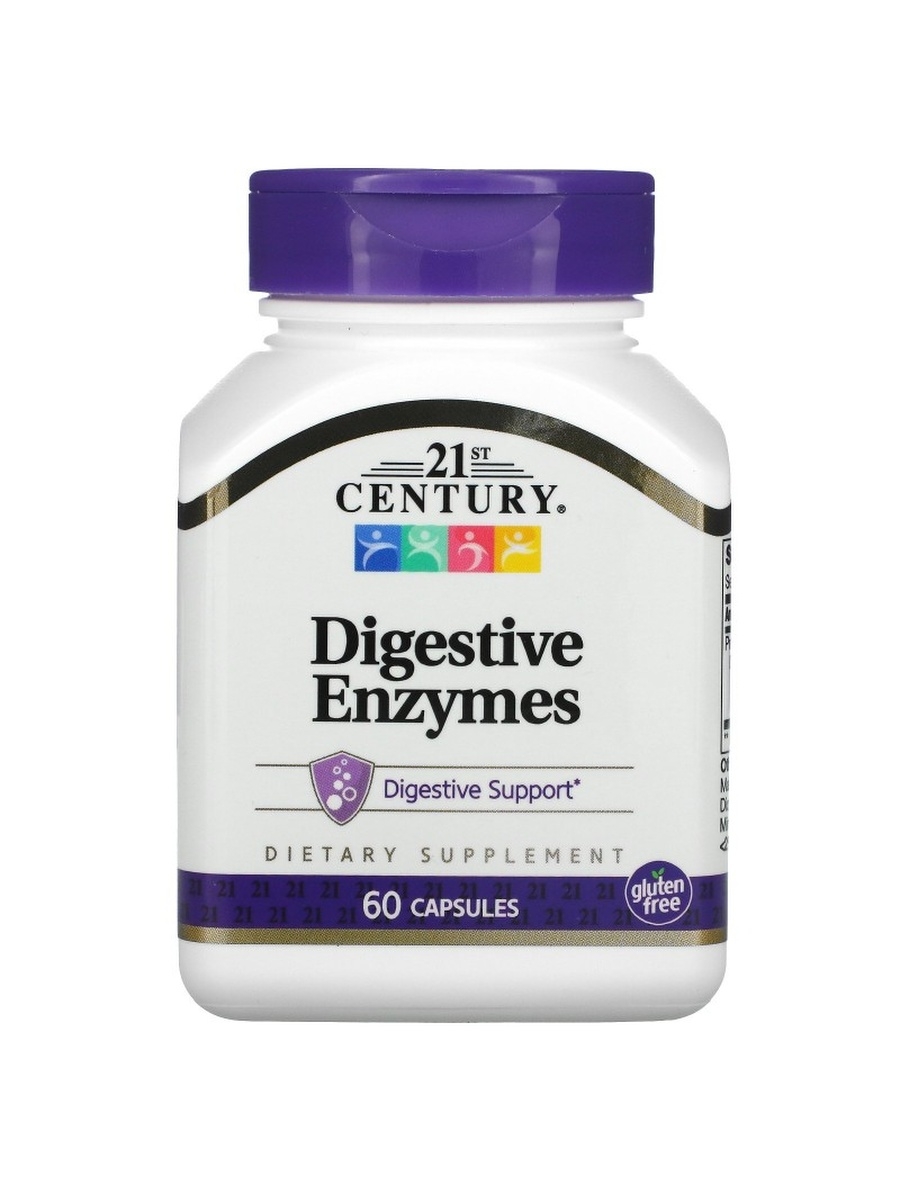
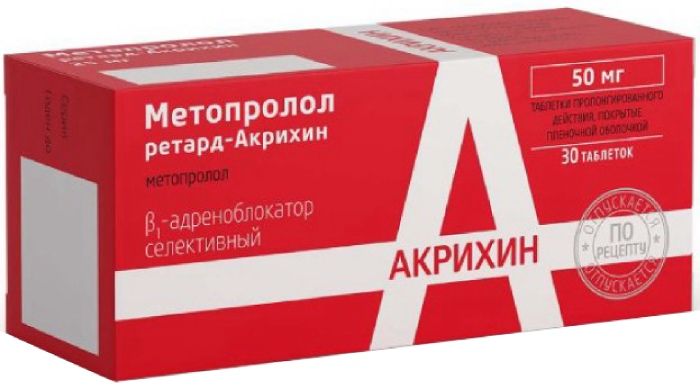
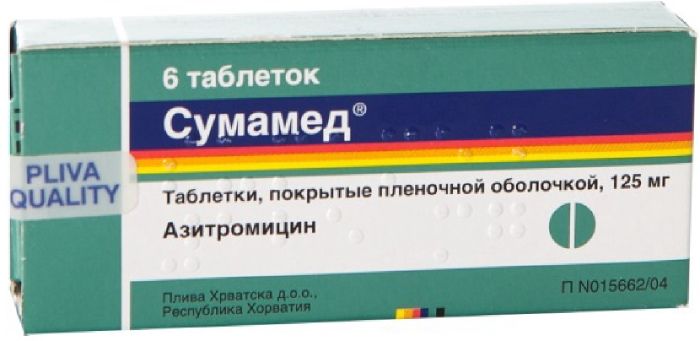
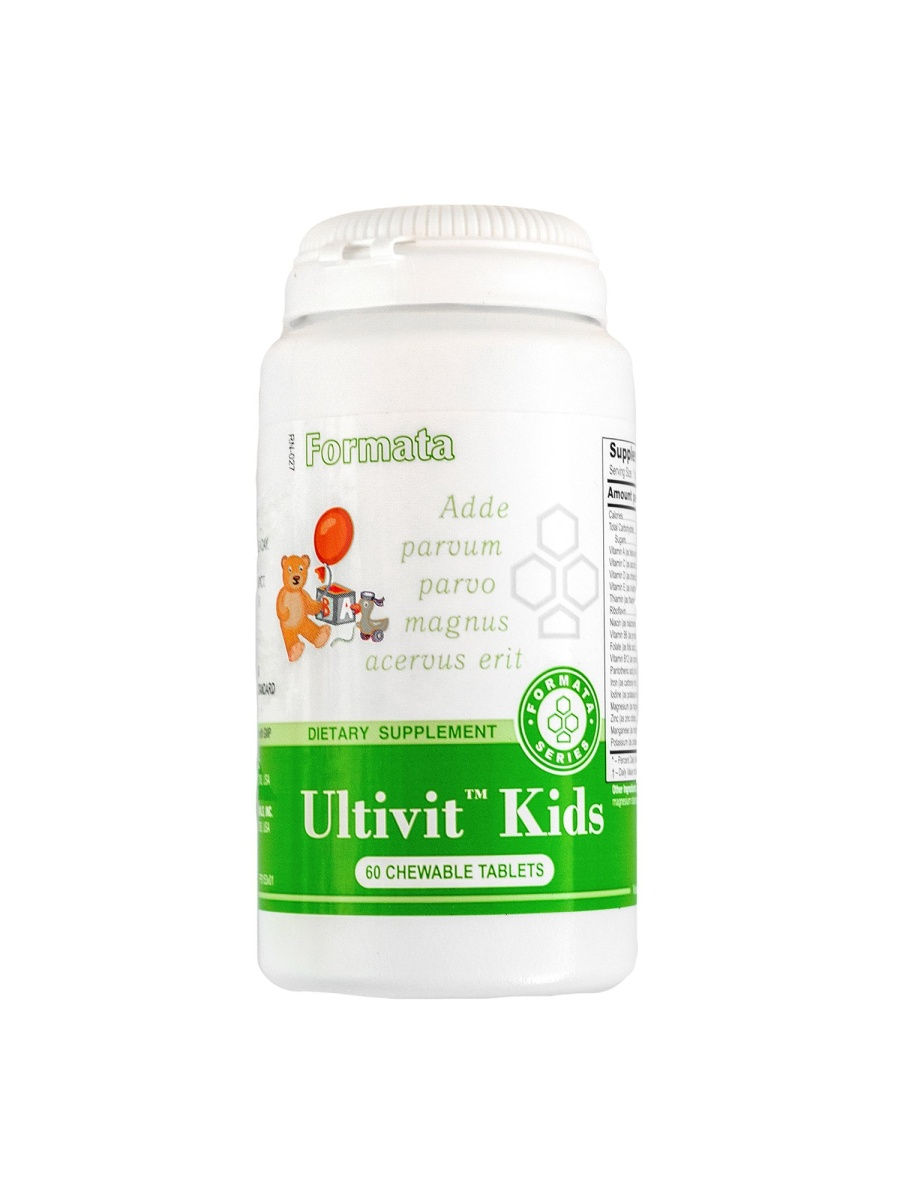




There are no reviews yet.